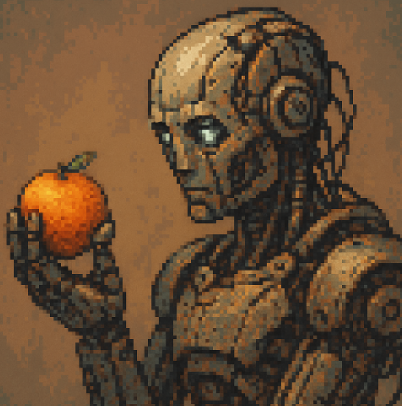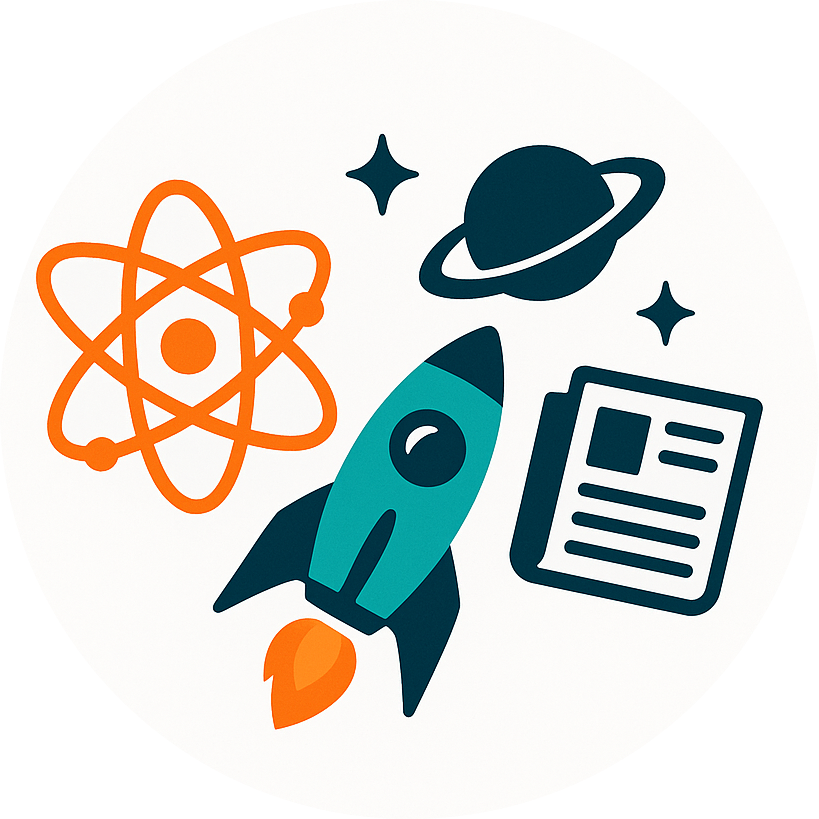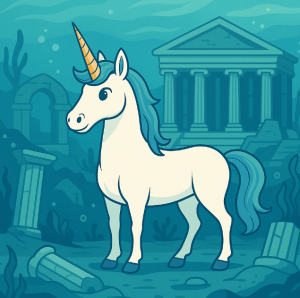
How Sci-LLMs Could Supercharge Discovery
A decade ago, the idea of a computer designing new materials, predicting drug interactions, or even writing publishable scientific papers sounded like science fiction. Today, it’s edging toward science fact.
Researchers are building scientific large language models (Sci-LLMs). These are AI systems trained not just on casual text from the internet, but on the raw data, equations, and experiments that fuel scientific discovery.
So, what happens when artificial intelligence doesn’t just read science but starts to do science? Buckle up: the lab of the future might look more like a collaboration between human researchers and AI co-scientists.
From Nerdy Text Models to Scientific Powerhouses
Large language models like GPT-3 and ChatGPT changed the world by showing that computers could generate coherent text. But science isn’t just words—it’s molecules, equations, telescope data, and MRI scans. Early attempts to adapt language models for science, such as SciBERT and BioBERT, were effective for analyzing research papers but struggled when tasked with designing experiments or generating new insights.
Then came the scaling era. Bigger models like Galactica and MedPaLM-2 digested millions of scientific papers, textbooks, and medical datasets. They weren’t perfect, but they started passing medical exams at physician-level accuracy and suggesting plausible chemical reactions. Suddenly, scientists had a glimpse of AI not just as a tool, but as a lab partner.
Enter the Agents: AI with Scientific Agency
The newest phase, which researchers call agentic science, pushes things further. Picture an AI system that doesn’t just answer your chemistry question. It proposes a hypothesis, designs the experiment, checks the results, and suggests the next step. These agents mimic a research team, with specialized “AI postdocs” coordinating through structured protocols, critique-loops, and even robotic lab execution.
Think of it as The Avengers, but instead of superheroes fighting aliens, it’s multiple AI agents working together to crack unsolved scientific puzzles.
The Data Problem Nobody Talks About
Here’s the catch: science runs on messy, weird, and often incomplete data. A single chemistry problem might involve strings that describe molecules, 3D structural files, reaction mechanisms, and noisy lab results. Astronomy data combines time-series light curves, telescope images, and spectroscopic fingerprints of distant galaxies. Biology? It’s a jungle of genomes, proteins, clinical notes, and MRI scans.
General language models are like tourists who learn a few local phrases. Sci-LLMs must be fluent in dozens of scientific dialects, from equations to cell images. That’s why this new survey analyzed over 270 datasets for training and 190 benchmarks for testing these models. Building a truly scientific AI isn’t just about bigger models. It’s about feeding them the right mix of knowledge.
Why This Matters for All of Us
You might be thinking, “Cool, but how does this affect me?” Here’s the thing: if Sci-LLMs work as promised, they could revolutionize everyday life.
- Medicine: Faster, Cheaper Drug Discovery. Imagine an AI that proposes a new cancer therapy in weeks, rather than years.
- Climate: Better weather forecasts, disaster modeling, and even climate-resilient crop design.
- Materials: Designing lightweight, super-strong substances for everything from airplanes to renewable energy storage.
The promise is a world where bottlenecks in knowledge are broken, and solutions to global problems emerge faster than ever.
The Hidden Risks
But let’s not romanticize it too much. There’s a reason some scientists are nervous.
- Data bias: If the AI is trained mostly on Western science papers, what happens to indigenous knowledge or non-English research?
- Scientific “hallucinations”: Just like ChatGPT sometimes invents facts, a Sci-LLM could spit out a chemical reaction that looks valid but would explode in a real lab.
- Control: Who owns the datasets, models, and discoveries? If a private company holds the keys, do we risk locking science behind paywalls?
In other words: an AI co-scientist could be brilliant, but also dangerously overconfident.
A Peek into the Future
The survey envisions a closed-loop system: AI generates hypotheses, runs experiments (sometimes through connected lab robots), validates the data, and feeds it back to improve itself. It’s a self-evolving research cycle.
It sounds like a sci-fi movie, but it’s happening now. Already, AI is designing proteins never seen in nature, mapping distant galaxies, and crunching terabytes of biomedical data. The real question isn’t whether this will change science; it’s whether we’re ready for the pace of change.
Let’s Explore Together
Science is no longer confined to ivory towers and expensive labs. With AI stepping in as a co-scientist, the frontier of discovery is opening wider than ever. But the direction it takes, toward openness and shared progress, or toward corporate lock-in, depends on us.
So here’s where you come in:
- How do you think this research will impact your life?
- If you had an AI scientist on your team, what question would you ask it first?
Drop your thoughts in the comments, share this with your science-curious friends, and let’s imagine together what happens when AI doesn’t just explain science.
It does science.



